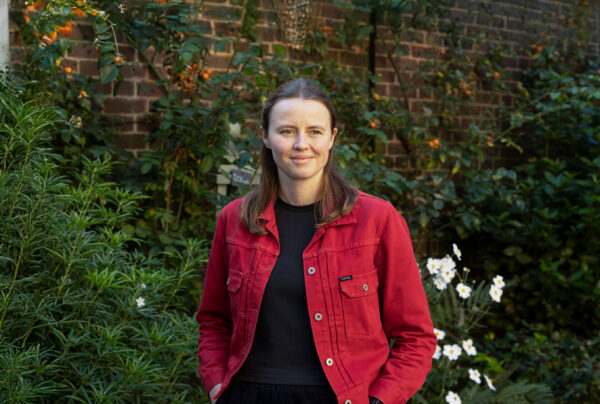With a background in architecture, my approach to urban design focuses on the people who call the places we work in home. With more than five years of experience across architecture, urban design, and university teaching, I have developed a detailed understanding of spatial logics and a strong interest in translating concepts into the built environment. I find the most challenging and exciting aspect of projects is the collaboration required to realise ideas spatially, and I believe that the differences between disciplines and stakeholders are valuable assets in generating the most meaningful and inspiring outcomes.
I enjoy facilitating collaboration between computational and urban design teams via the role of digital translator. This leads to projects founded in extensive climatic and population data that prior to computational tools would not have been possible. This workflow provides a strong foundation of understanding, enabling conceptual design thinking that is informed by evidence while ensuring key design principles, such as legibility and a sense of wonder and enjoyment, are realised.
The combination of design and computational analysis is fundamental to the development of evidence-based schemes that are resilient, both in the context of the climate emergency and our changing social landscape. This is something that I believe is core to our responsibility as people that work to shape communities. The ethos of my practice is to help shape places people enjoy, designed to accommodate for our changing world.
